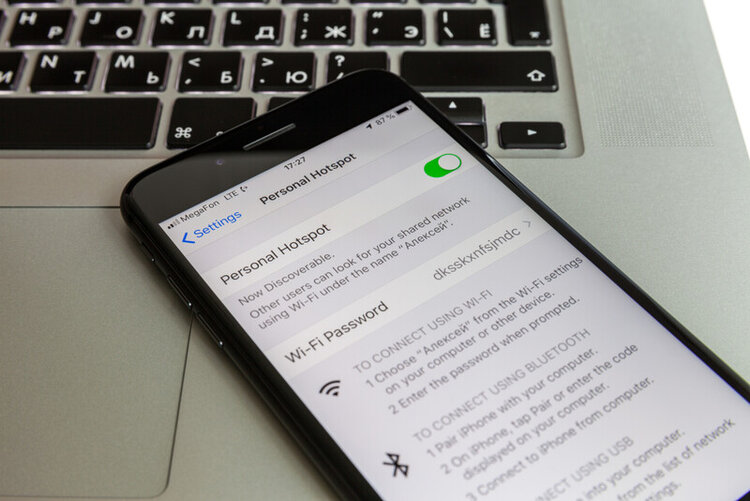How To Get Internet If I Don’t Have a Coaxial Outlet?
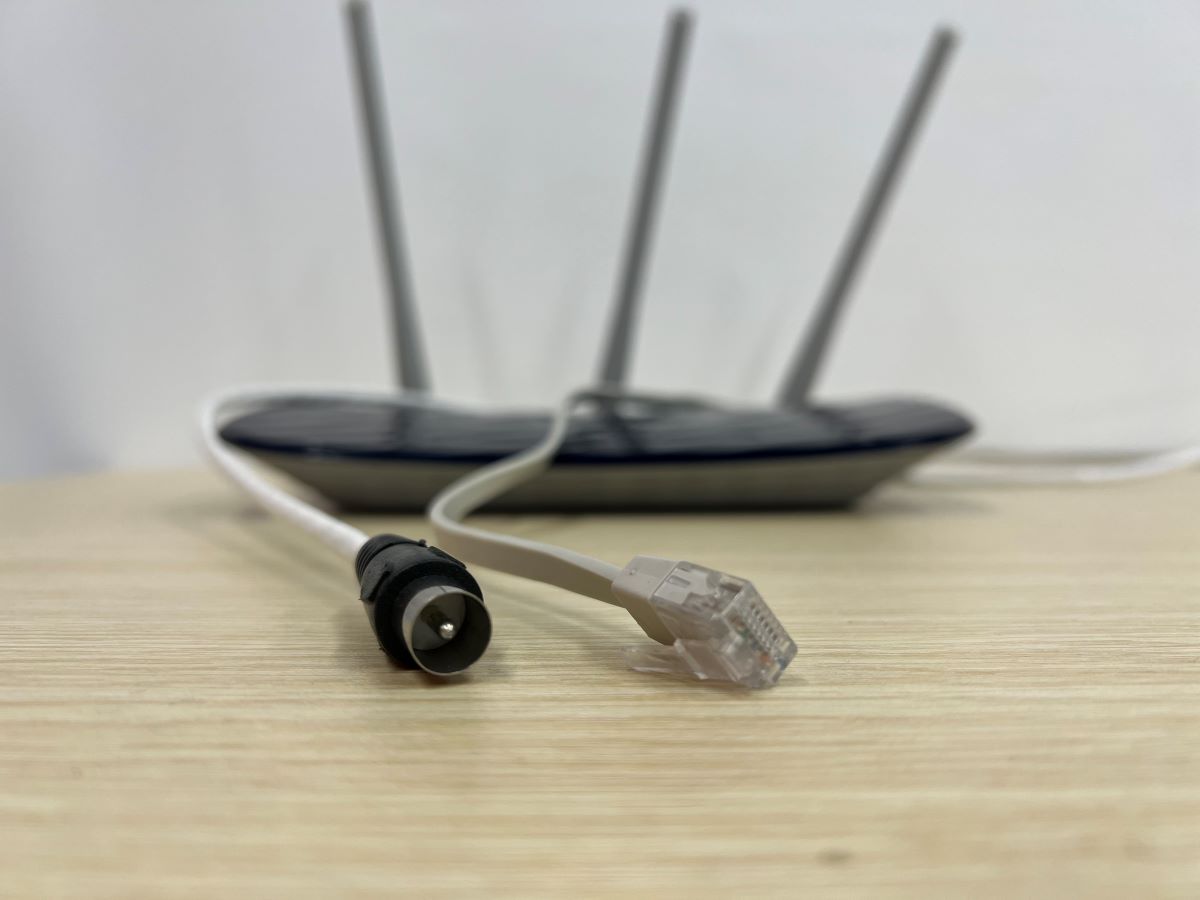
What To Know
- Most rental homes do not feature a coaxial outlet, prompting tenants to find alternate solutions.
- There are both wired and wireless methods of accessing the internet without a coaxial outlet.
- While wired internet solutions are typically faster, wireless solutions are usually easier to set up.
If you’re looking to install internet in your home but can’t seem to find a coaxial outlet, don’t worry. There are several alternate ways you can surf the web without one using our simple methods.
Today, I’ll walk you through both wired and wireless ways to get internet in your home without a coaxial outlet.
Before diving into our coaxial-free internet solutions, consult the table below for a quick summary of our methods so you can find one that best suits your needs.
| Connection Type | Pros | Cons |
| Fiber Optic |
|
|
| DSL |
|
|
| Satellite |
|
|
| FWA |
|
|
| 4G & 5G LTE |
|
|
Quick Navigation
Wired Options
Wired internet solutions often foster faster and more stable connections, making them an excellent choice for those who use their home’s Wi-Fi for high-bandwidth activities like gaming or streaming.
Utilize the Built-In Ethernet Port
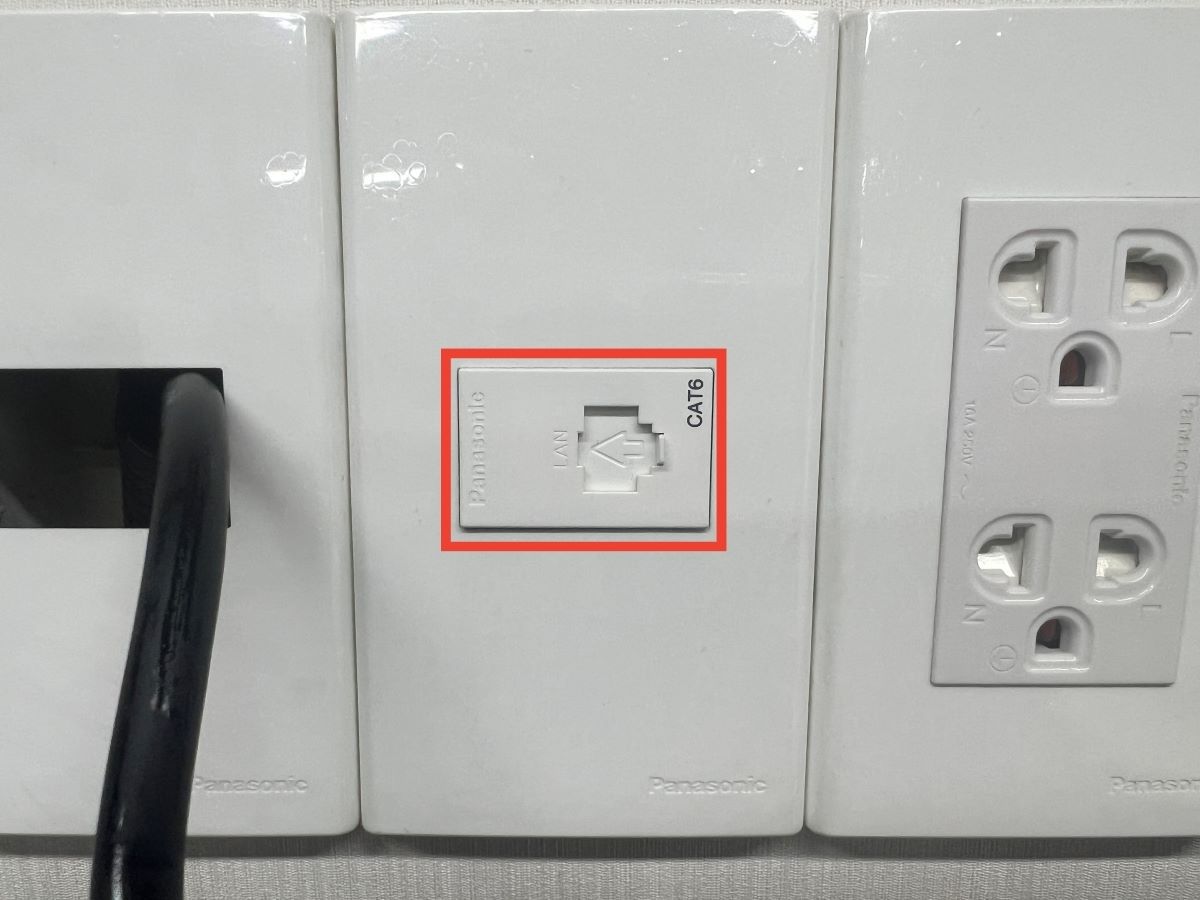
As a long-time tenant, I can tell you first-hand that rental properties rarely have built-in coaxial outlets used for internet connections.
Luckily, coaxial-free homes usually have a built-in Ethernet outlet instead. So, before setting up your Wi-Fi router, check if your house has a working Ethernet outlet.
You can verify the Ethernet port’s functionality by connecting your laptop to it via an Ethernet cable. If you can browse the web on your laptop when connected to the Ethernet port, then the connection is live and ready to be used.
Depending on where you live, many landlords will include a basic internet setup and pre-installed modem, however, this is not enough for a stable Wi-Fi connection. It’s the tenant’s responsibility to procure and set up the router before you can start accessing the internet.
To set up your router, connect one end of a compatible Ethernet cable to your home’s Ethernet outlet before connecting the other end to your router’s WAN port.
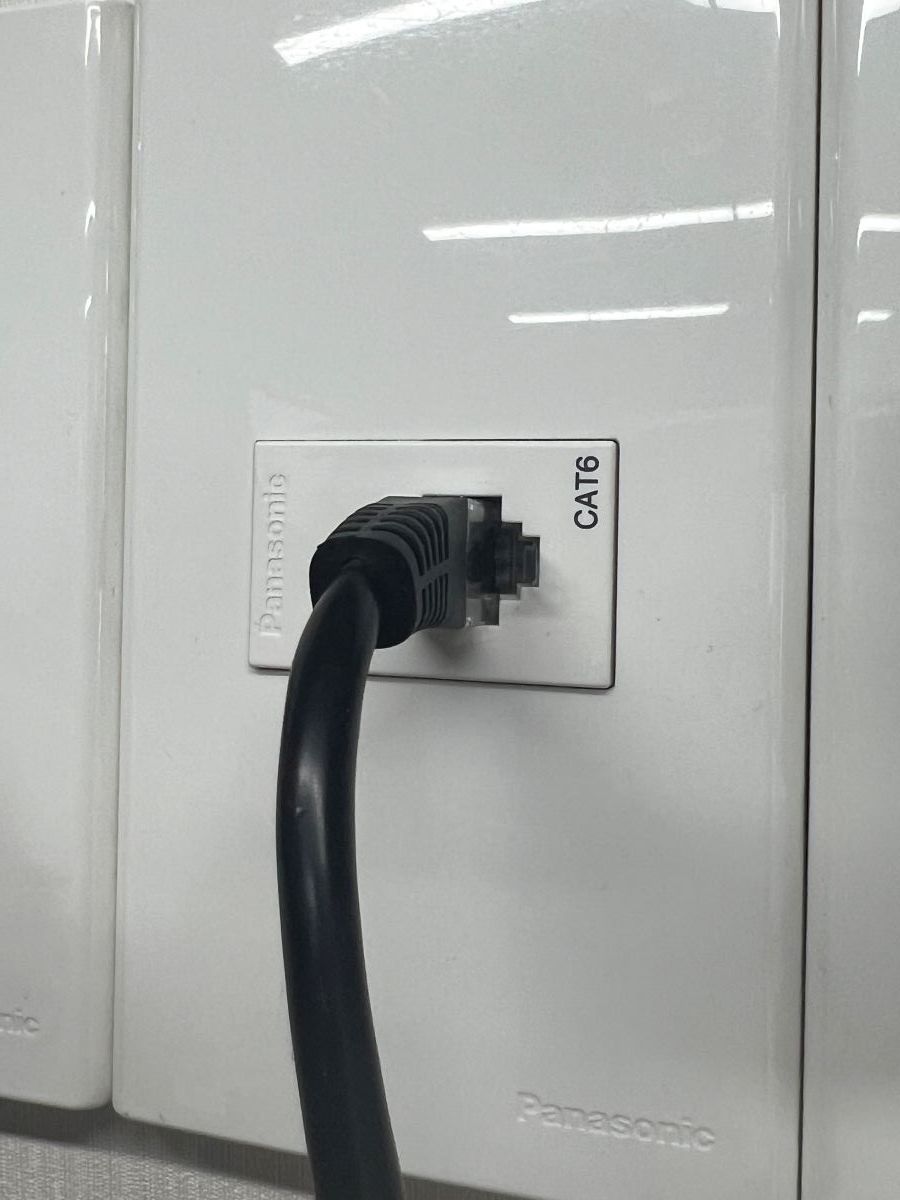
If the Ethernet port is working properly, this simple process is all it takes to set up your internet service and access Wi-Fi.
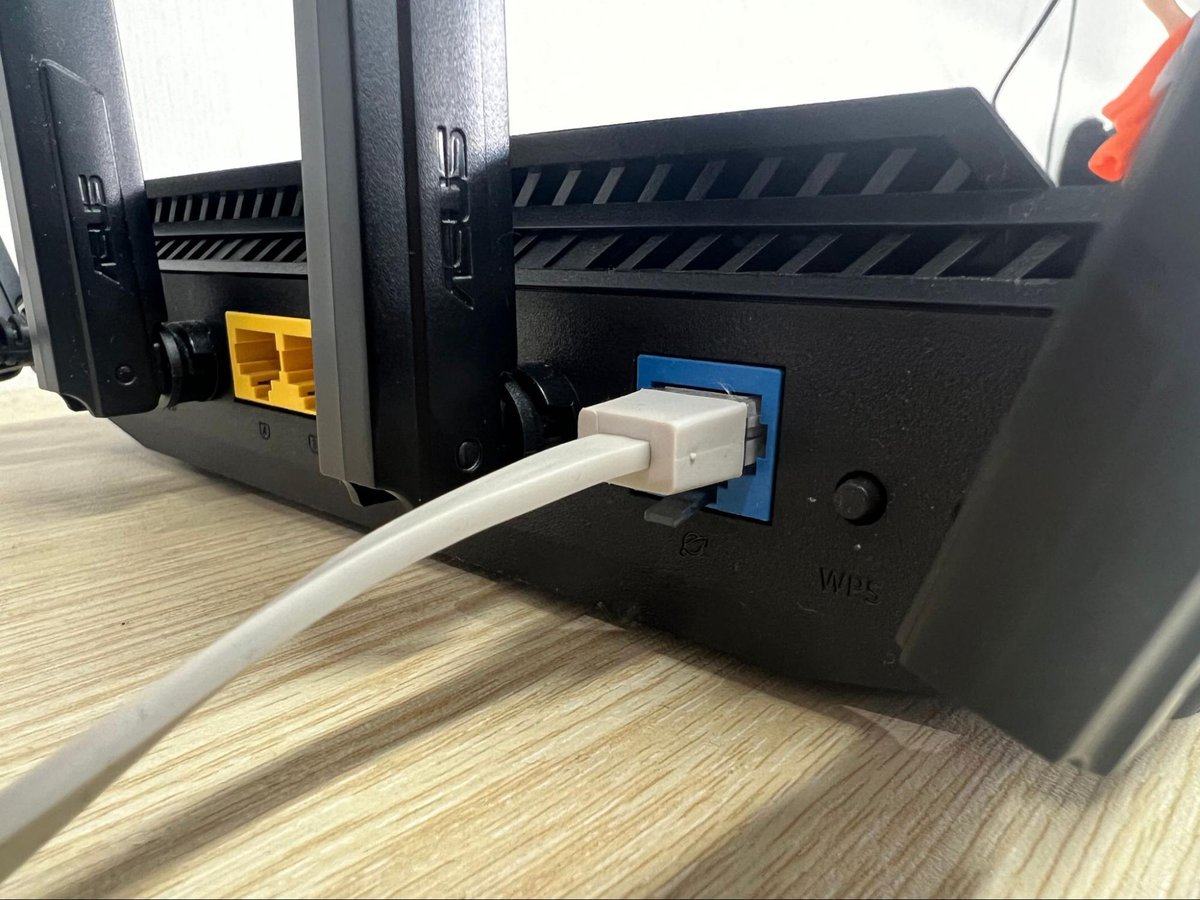
Use a Fiber Optic Outlet Box
Before purchasing and installing fiber optic internet, you will need to see if your home already has fiber optic cables. The best way to do this is to contact your internet provider of choice and set up an appointment for someone to come and inspect your home’s wiring.

If your home doesn’t have fiber optic cables, they will need to be installed. This process may vary depending on where you live and how your home is constructed, though it’s fairly straightforward.
Fiber optic uses fiberglass cables to carry data through your home and releases the network via an Optical Network Terminal (ONT), which transforms light signals into data.
This solution is quickly growing in popularity as it’s much faster and more reliable than the traditional DSL or satellite.
Use a DSL (RJ-11) Port
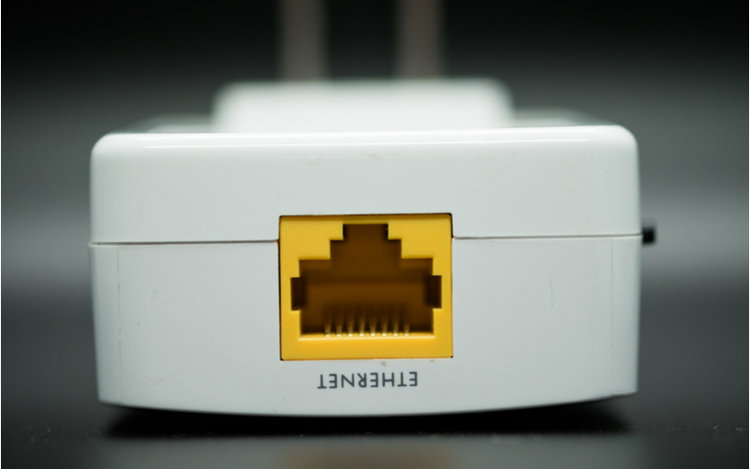
If your home doesn’t have a coaxial outlet, it most likely has an RJ-11 port instead. These handy outlets connect the Wi-Fi router to your home’s phone line to transmit data.
Because they use an existing phone line, you won’t have to install any new cables or ports. Instead, the internet provider will set up the router for you and ensure you have a stable connection.
Additionally, they’re usually reasonably priced and some companies will send the router to you in the mail.
If you are experiencing a slow internet connection, you can even plug the router directly into your device via its ethernet port.
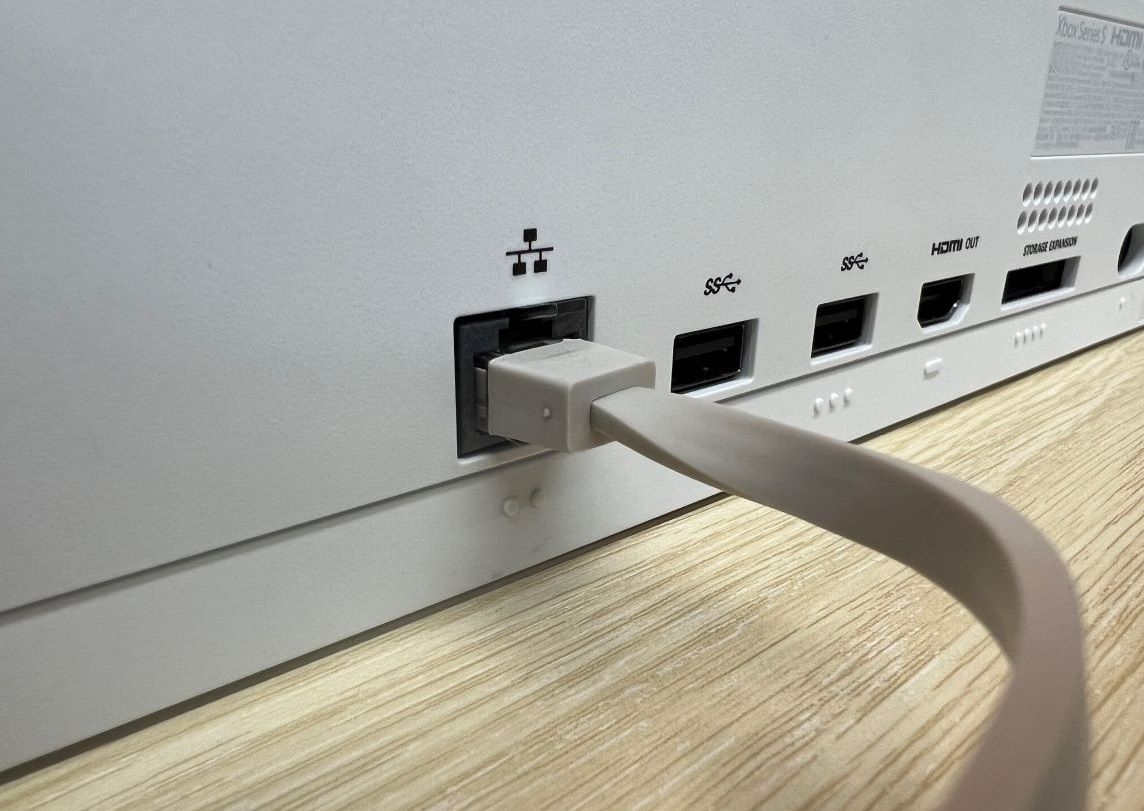
This solution is widely available, so it should be quick and easy to purchase and then install.
Although DSL internet isn’t as fast as fiber optic internet, it maintains a stable connection so you don’t have to worry about the signal cutting out during live gaming or streaming.
Most homes also have several ethernet outlets, giving you flexibility when deciding where to place the router.
If you’re on the hunt for a DSL internet service provider (ISP), see our suggestion below.
| ISPs | DSL download speeds up to | Price |
| Century Link | 100 Mbps | $50/mo |
Switch To Satellite Internet
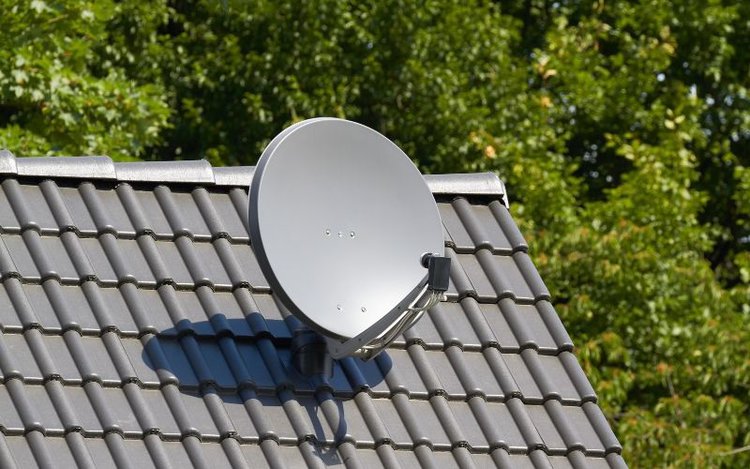
While satellite internet may not be the first solution that comes to mind when thinking of coaxial-free methods, it’s a great alternative to traditional internet solutions.
Satellite internet uses satellites orbiting the planet to provide a type of wireless broadband internet service. While satellite internet can technically be used anywhere, it’s most useful in remote or rural areas where traditional cable or DSL internet is inaccessible.
See the summary table below for our top satellite ISP suggestions.
| ISPs | Satellite download speeds up to | Price |
| Starlink | Unlimited high-speed | $120.00/mo + $599 for hardware |
| Viasat | 12Mbps – 150Mbps | $69.99 – $299.99/mo |
| Hughesnet | 15Mbps – 50Mbps | $49.99 – $179.99/mo |
Wireless Options
If a wired internet option isn’t possible in your home, consider using a wireless one instead. They’re just as easy (if not easier) to set up and have their own unique benefits.
I’ll explain how each of these wireless options works and their specific upsides.
The best part? None of them require a coaxial outlet, so they’ll work in every home.
Fixed Wireless Access (FWA)
Fixed Wireless Access (FWA) uses radio waves to transmit data and foster an internet connection. It works similarly to 5G or 4G LTE and operates completely wirelessly.
FWA connects you to the internet using radio waves emitted by one of your internet provider’s nearby transmission towers. Because of this, you do not need to use any physical wires or cables to connect to the internet.
Not only is this connection method convenient as it’s completely wireless, but it also supplies a strong and stable internet connection, making it perfect for anyone who works from home or loves to stream high-res media.
See our top FWA ISP suggestions in the below table.
| ISPs | FWA download speeds up to | Price |
| AT&T | 25Mbps – 100Mbps | $65 – $95/mo |
| Verizon | 300Mbps – 1Gig | $24.99 – $64.99 |
4G or 5G LTE Internet
You’ve probably heard of 4G and 5G internet but aren’t sure what they actually are. 4G and 5G internet are the fourth and fifth generations of mobile network technology that allow people to wirelessly connect to the internet.
They are preceded by the slower and less stable 3G network. Thankfully, this network has since evolved to be faster and stronger, allowing people to connect to it without the use of a coaxial cable.
Connecting a device (e.g. smartphone) to the 4G or 5G network prompts it to communicate with the nearest cell tower. This nearby tower then sends and receives data packets to and from your device, allowing it to connect to the internet.
If you live someplace where traditional wired internet infrastructure is unavailable, 4G and 5G technology is an easy and reliable way to establish an internet connection without the use of various cables and ports.
4G Hotspot Box
Many brands are beginning to make 4G Hotspot Boxes.
- Connect to your existing home router using the Gigabit Ethernet port for fast, reliable primary or...
- Avoid risky public WiFi and travel with your own portable, secure Wireless Network anywhere
- Unlocked hot spot accepts all SIM cards (excluding Sprint legacy network); works best on AT&T and...
(Paid Link.)
These nifty gadgets can be plugged into a wall outlet or directly into your device via a USB port.
In addition to buying the 4G Hotspot Box, you must also purchase a SIM card with a data plan. The box uses the SIM card as a hotspot, allowing you to connect to the internet completely wirelessly.
There is no installation required since it plugs directly into the wall or your phone. All you must do is select which data plan you want and activate the SIM. If you decide you want to change your data plan, simply insert the new SIM card and you’re good to go!
The 4G Hotspot Box is also password protected, so you don’t have to worry about your neighbors stealing your Wi-Fi signal.
Wrapping Things Up
No coaxial outlet? No problem! There are several ways you can establish a wired and wireless internet connection without one.
If you don’t mind fussing with a few extra cables, an Ethernet, fiber optic, DSL, or satellite internet connection may be right for you. For those who prefer a wireless method, consider using Fixed Wireless Access (FWA) or 4G/5G LTE internet.
Be sure to consult the summary table at the beginning of this article for a comprehensive list of all these method’s pros and cons so you can find a solution that works best for you.
What’s your experience getting internet without a coaxial outlet?
Let us know in the comments below!
Yesenia Achlim is a technical copywriter and editor with a focus on AV equipment. She aims to break down complicated topics and make technology accessible, no matter your technical expertise. When she’s not teaching you how to replace a projector lamp, you can find her reading and baking.

